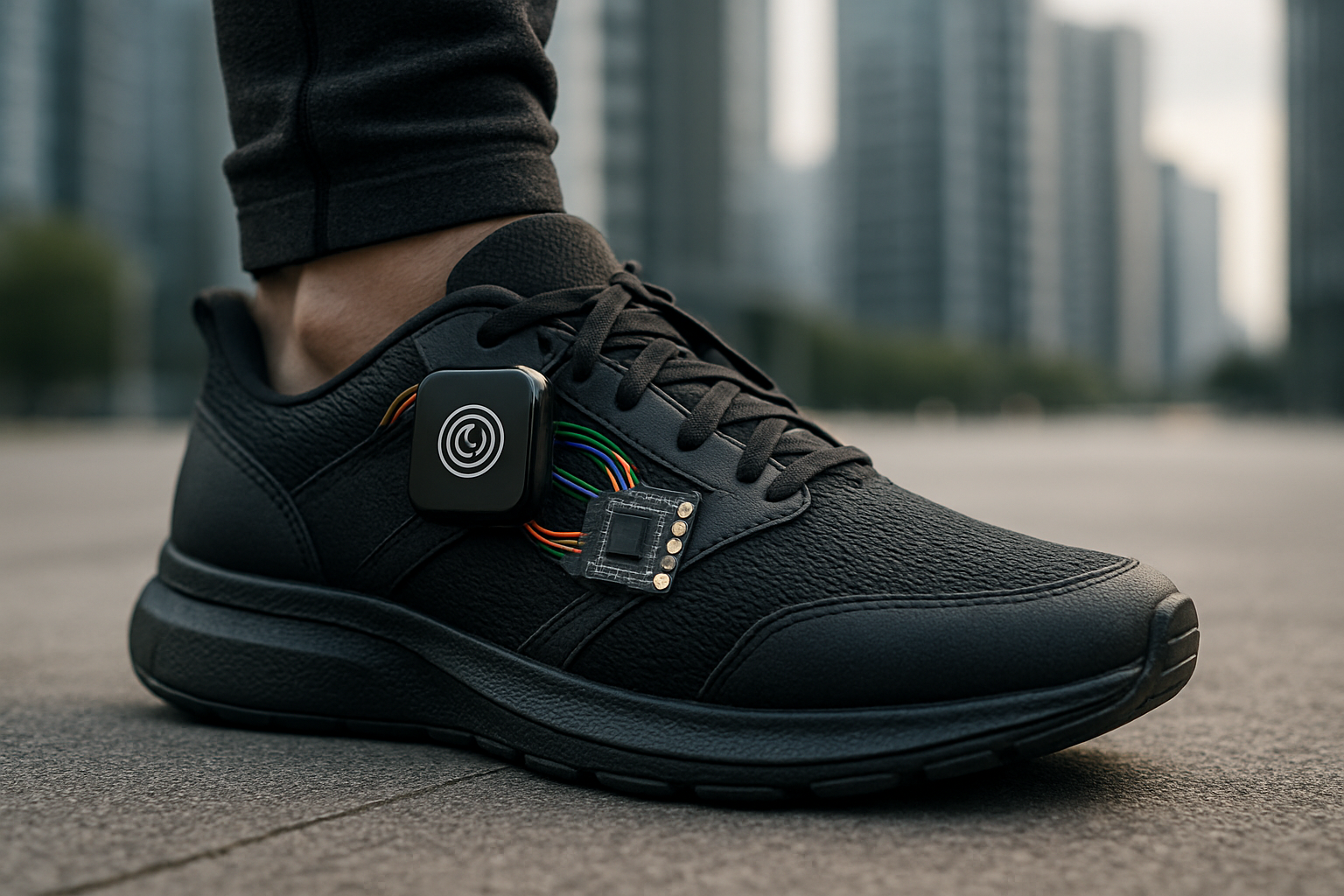Haptic Feedback Shoes: Walking into the Future
In a world where technology increasingly blurs the line between digital and physical experiences, haptic feedback shoes are emerging as a groundbreaking innovation. These smart footwear devices promise to revolutionize how we interact with our environment, offering a unique blend of sensory input and data-driven insights. As wearable tech continues to evolve, these shoes stand poised to redefine our understanding of mobility, health tracking, and immersive gaming experiences.

The Science Behind the Sensation
At the heart of haptic feedback shoe technology lies a complex interplay of hardware and software. Pressure sensors embedded in the sole of the shoe detect the wearer’s gait, weight distribution, and foot placement. This data is then processed by onboard microcontrollers, which trigger precise vibrations or subtle changes in the shoe’s structure to convey information to the user.
Applications Across Industries
The potential applications for haptic feedback shoes extend far beyond simple step counting. In the medical field, these shoes could aid in rehabilitation for patients recovering from injuries or suffering from balance disorders. For athletes, they offer real-time feedback on running form and performance metrics. In the realm of virtual reality, haptic shoes could enhance immersion by simulating different terrains or environmental conditions.
Navigating the Urban Jungle
One of the most promising applications of haptic feedback shoes is in navigation. By integrating with smartphone GPS systems, these shoes can provide subtle directional cues through vibrations, allowing users to navigate unfamiliar cities without constantly checking their phones. This hands-free navigation could be particularly beneficial for visually impaired individuals, offering a new level of independence in urban environments.
Gaming and Entertainment: A New Dimension of Immersion
The gaming industry stands to benefit significantly from the advent of haptic feedback shoes. By providing physical sensations that correspond to in-game actions or environments, these shoes could dramatically enhance the realism and immersion of virtual reality experiences. Imagine feeling the crunch of snow beneath your feet in a winter landscape or the soft give of sand in a beach simulation – all without leaving your living room.
Challenges and Considerations
Despite their potential, haptic feedback shoes face several hurdles before widespread adoption. Battery life remains a significant concern, as the constant use of vibration motors and sensors can quickly drain power. Additionally, the cost of these advanced shoes may initially be prohibitive for many consumers, with early models expected to retail in the $300-$500 range.
The Road Ahead
As technology continues to advance, we can expect to see more refined and accessible versions of haptic feedback shoes enter the market. Future iterations may incorporate more advanced materials, such as smart fabrics that can change their properties in response to electrical signals, further enhancing the range of sensations that can be conveyed.
Conclusion: A Step Towards a More Connected Future
Haptic feedback shoes represent a fascinating convergence of wearable technology, sensory augmentation, and data-driven insights. As these devices evolve and become more sophisticated, they have the potential to transform how we interact with our environment, monitor our health, and experience digital content. While challenges remain, the future of this technology looks bright, promising a world where every step we take is infused with digital intelligence and sensory feedback.





